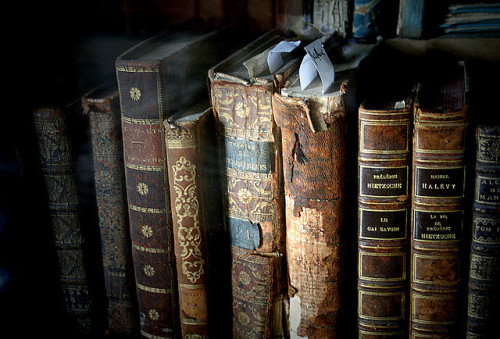I'm currently beginning work on my music history research paper (yes, one week before school starts the books for my research, which I ordered through interlibrary loan, finally decided to come in, haha). Nevertheless, already I am becoming intrigued. It's fascinating getting to know the character and personalities of the composers whose music I have been learning and performing over the past year -- Louise Vierne, Cesar Franck, Charles-Marie Widor. My paper is going to focus mainly on the work of the heavily influential Romantic organ-builder, Aristide Cavaille-Coll, a Frenchman who revived the art of organ-building and had a major impact on the compositions of the Romantic period. I'm just beginning to learn about him.
 |
| Cesar Franck, French Romantic organist and composer |
"How pale you are, my dear child. Do I frighten you so very much?" (Vierne had been born legally blind and was an extremely sensitive child).
"Oh yes, Monsieur Franck."
"Why?"
"Because you are a genius."
"Genius? Who told you that?"
"My Uncle Charles and everybody here. I heard you at Saint Clotilde when I was ten, and I nearly died from happiness."
"Why?"
"Because it was too beautiful. I wanted it never to end."
"As beautiful as that? And why did you think it beautiful?"
"Because it sang. It took hold of my heart. It hurt me and made me feel good at the same time. It transported me to a place filled with such music."
"In that place, my dear child, the music is better. Here, we learn. There, we shall know how. . . . Next year you will begin studying the organ. Apply yourself with all your might, and when the time is ripe I shall take you into my class at the Conservatory."
 |
| Louis Vierne, late Romantic composer and organist at Notre Dame Cathedral |
Upon Franck's death, Vierne struggled with the prospect of studying at the Conservatory without his beloved mentor. However, Vierne remembered, "To serve- [Cesar] Franck had once said, after an especially happy lesson- to serve always, in spite of everything, no matter what might happen, to love God, and next the love of God to love one's art, mindful of the good it could achieve, this Franck announced as his creed, which Vierne was to hand down in turn. 'These thoughts gave me courage. I was filled with elation at the idea of joining battle with routine, officialdom, the powers that be, of avenging the lack of appreciation, the jeers of which he had been the object.' To do less was cowardly betrayal."
This courage was tried and found true under the direction of Widor, Franck's successor. But Widor shall be left for another post.
In the meantime, some exciting news -- I think I may be organistically related to J.S. Bach! I was doing a little digging, and some of my research demonstrates that I may be able to trace my line of organ teachers to Marcel Dupre and on to Vierne, Franck, and Widor, who if you follow his line of organ teachers far enough, reaches all the way to J.S. Bach! Oh joy! Rapture!
























